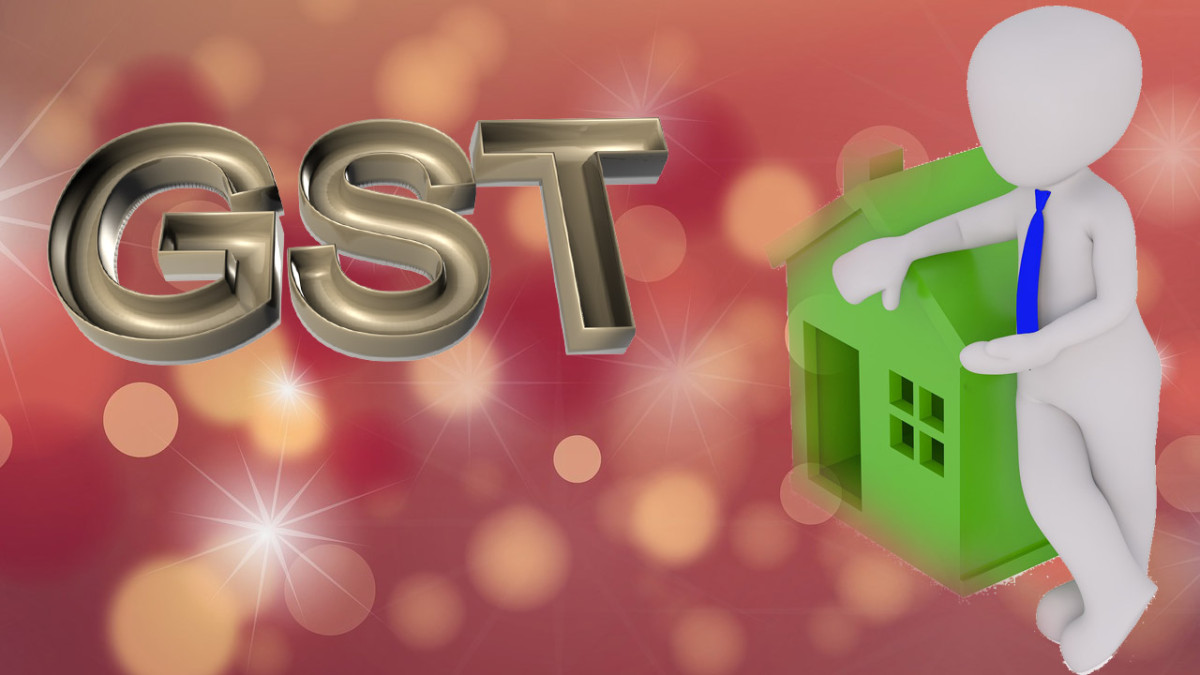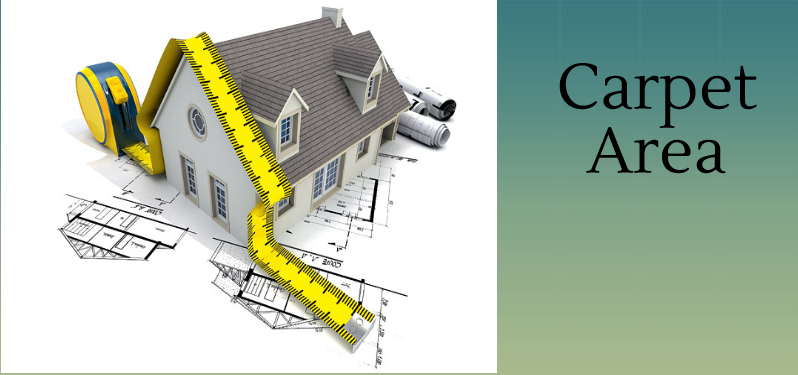There’s no myth in the selling of repossessed properties. These properties are sold through physical or e-auctions. Though these auctioned properties offer ample scopes to the bargainers, it’s a slightly riskier investment zone and needs to be gingerly invested. A lender legally repossesses a property, when a buyer fails his/her repayment.
The bank claims only the base price against such property put up for auction, commonly known as the base price the price gets determined by the total outstanding loan amount of the defaulter to the lender. The decided base price somehow remains lower than the current market appreciation by at the most 30% in some cases. The auction process has become transparent since the online platform was made available for the bidders. These properties are auctioned on an “as is, where is” basis. It’s worthwhile mentioning that more than retail investors, high net-worth real estate investors shine on these deals with their nexus with bank managers and agents.
Banks recoups its dues from the bid amount of the auction. Seeing as these auctioned properties come with an “as is, where is” clause, banks don’t hold any responsibility. From a buyer’s perspective, they need to ensure whether the risk is as good as the discount they are getting from the lender. Before one chooses to invest in such auctioned properties here some precautions that you need to watch for-
Loans from other lenders
Sometimes auctioned properties have their other dues. Mostly this happens in the case of land parcels than that of constructed flats. In such cases, the property might be mortgaged to other lenders too. Most of the lenders work on original sale agreement, share certificates and NOC from the housing society. One needs to diligently verify other co-related documents such as documents provided by the bank, the civic body and, the tax authorities. In case of joint-ownership property make sure owners are the co-borrowers in the loan agreements for avoiding future troubles.
Other outstanding dues
The winning bidder has to bear other all other pending co-related liabilities such as- pending society dues, electricity bill, outstanding tax dues. All these additional dues will cost added to the buyer. In case the earlier owner has projected less value during the time of registration and the department has raised any claim on that can put an investor in troubles in the coming days. Thus, the previous circle rate should always be verified. For under-construction projects, verify from the builder whether there is any outstanding.
Property titles
In most the cases banks provide loan against a clear title. Yet, some instances are there, where banks sanctioned loans for properties that don’t have occupancy certificates. Thus, there is no place for guesswork while investing in an auctioned property. Checking all due diligence of the property has become easier with RERA execution. Now legal diligence of any ongoing and under construction property, including builders’ info along with his previous track record will be available on the state RERA website. But when it comes to an auctioned project, it’s beyond RERA purview. Hiring a real estate lawyer for scanning all transactions for a reasonable time period (at least for the last 30 years) is highly recommended. Make sure that property doesn’t involve any tenancy records.
Physical condition of the construction
Since the property has been repossessed by the bank, there is high chance of the low-maintenance of the asset. Even before the auction banks hardly pay any heed regarding the physical condition of the property. Thus, before diving in the process, you should visit the property and its surrounding locality to have a fair assessment of the property condition. If possible, assign a civil engineer for this task for bringing the present property condition and prospective valuation under the radar.
–LNN (Liyans News Network)– Buy property in Rajarhat. On-hand 3/4bhk luxury flats are available for sale. Explore wide array luxury properties and select the best fit for your requirement. Buy/Sell/Rent real estate online.




